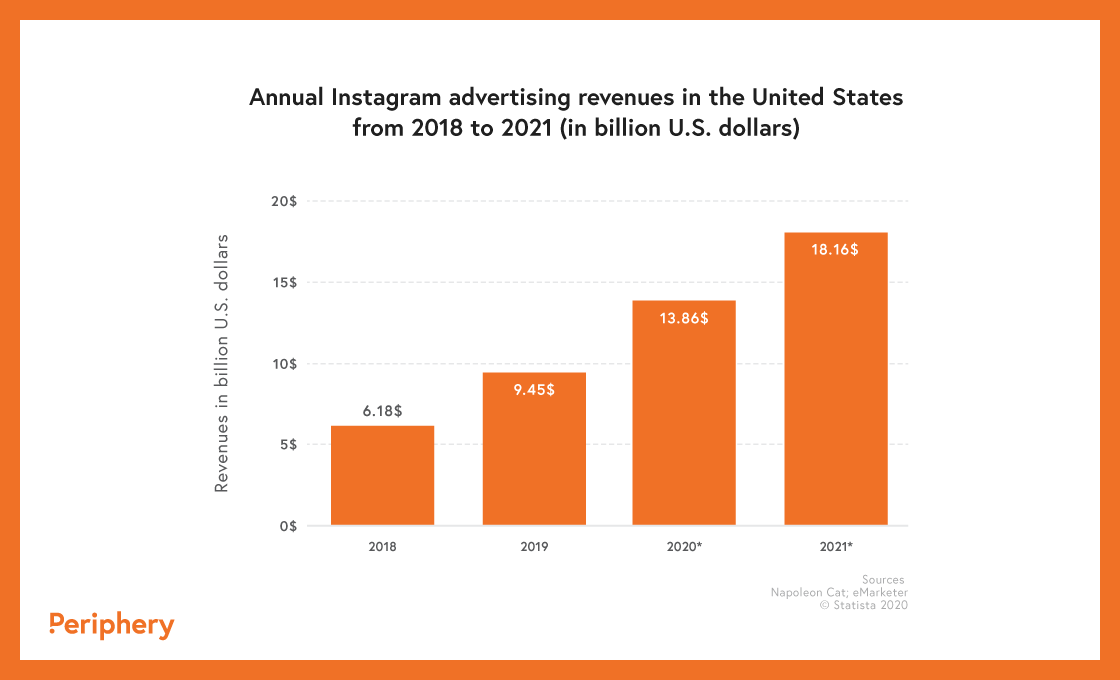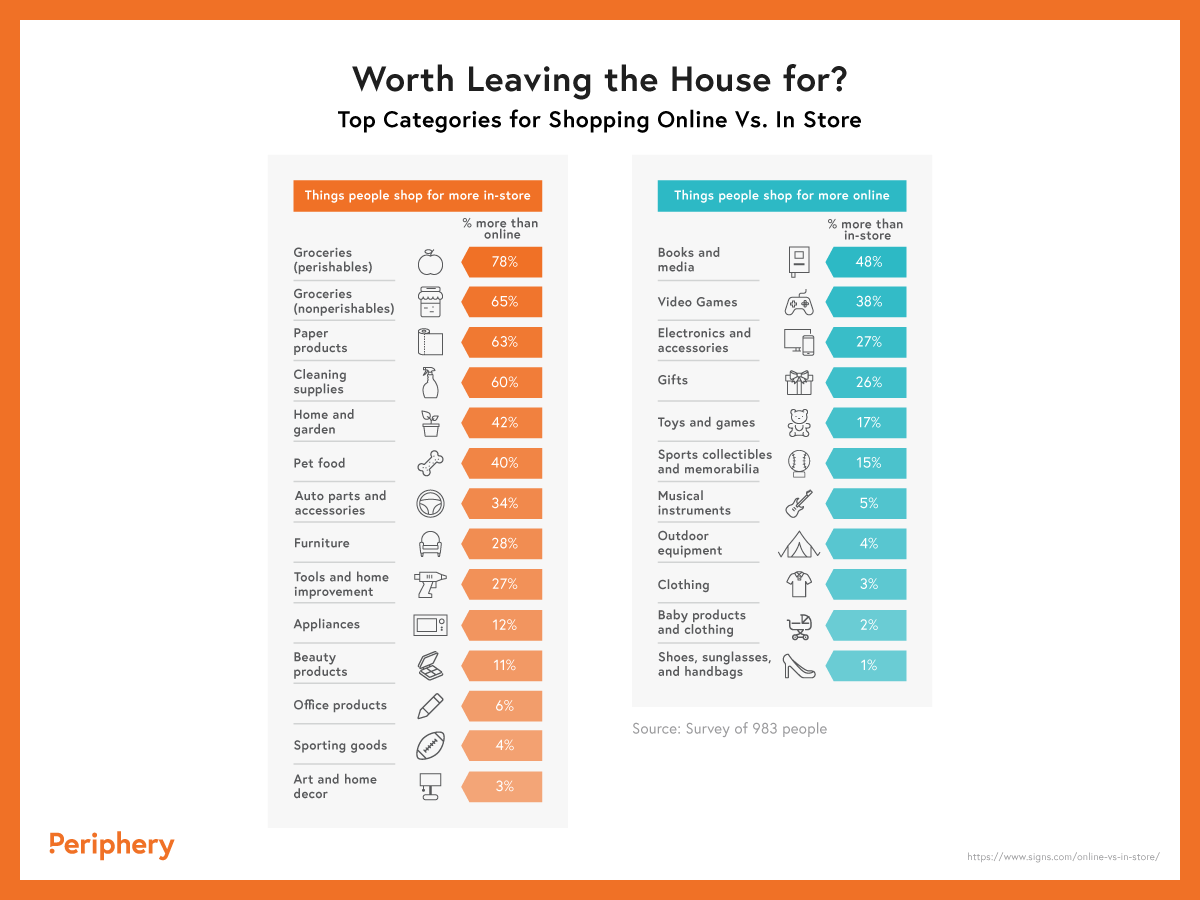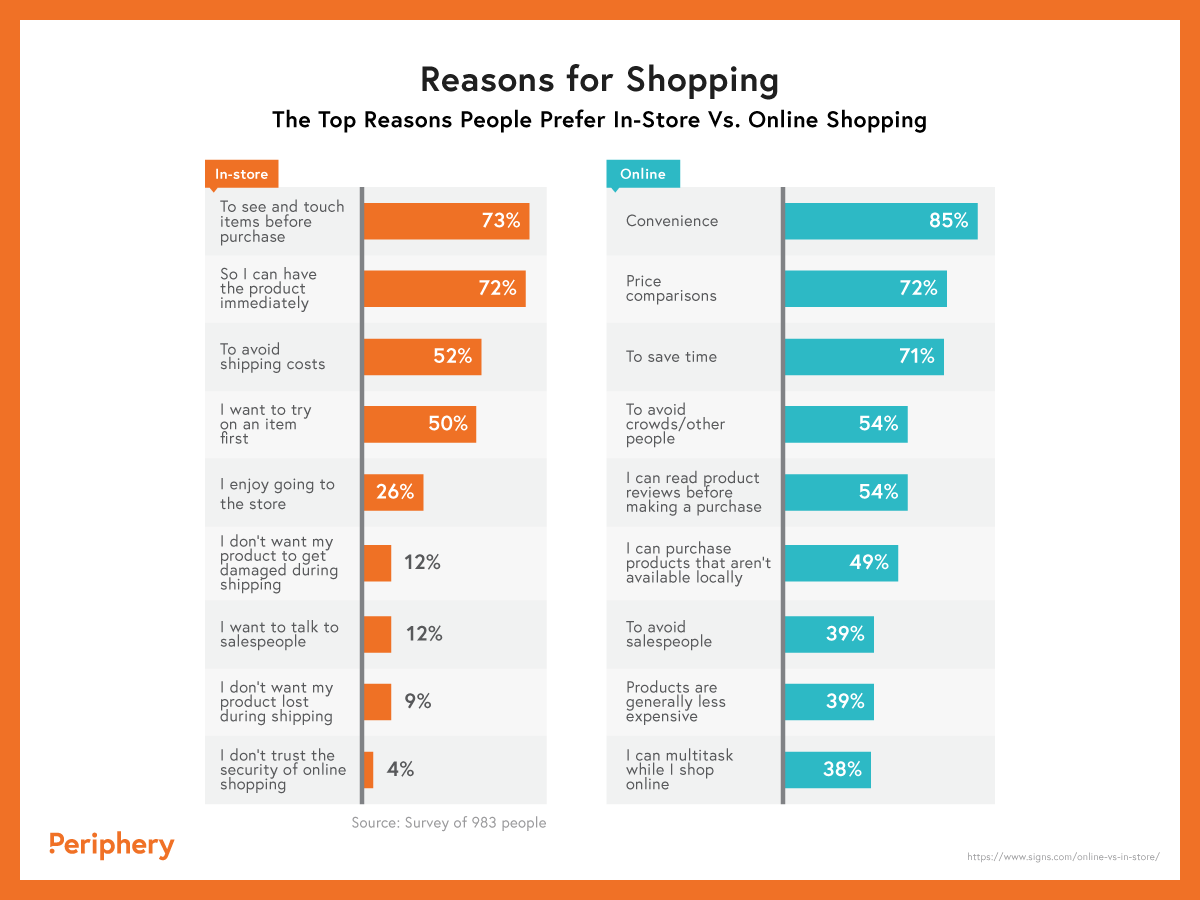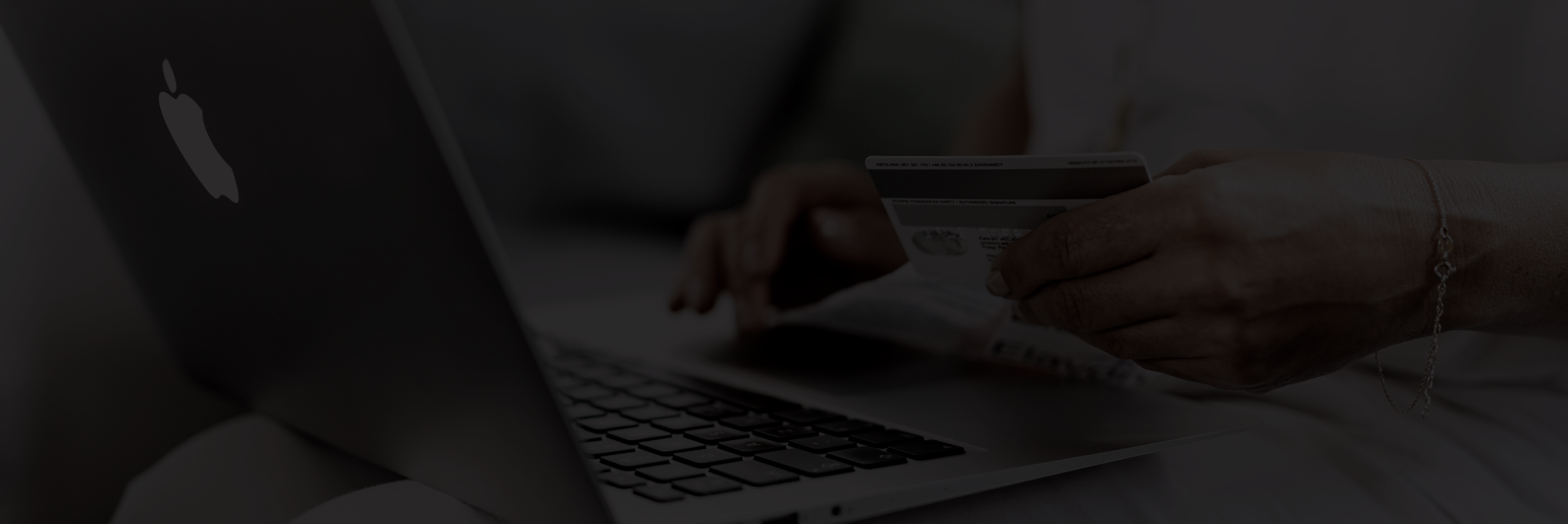2020 will forever be known as the year everything changed. Everything from work to working-out moved online. Our world transitioned from in-person interactions to largely online ones at such a rapid pace, one could argue it rivaled Amazon’s delivery speed. It’s now difficult to imagine living in a world without two-day delivery and curbside pick-up. Consumers have become so used to ordering coffee from their phones and having printer paper delivered to their front door that any hope of reverting back to the “old days” is long gone. The digital age is here to stay — and it’s changing the consumer shopping experience forever.
Digital Domination
The rise of digital platforms is not a new phenomenon. Internet usage around the world has been steadily increasing for centuries, but 2020 saw the largest increase in history with a whopping 17.38% jump from the previous year! It’s no doubt the COVID-19 pandemic helped create this spike in internet usage. Government-mandated lockdowns around the globe forced consumers to stay home, simultaneously changing the way consumers carried out their daily activities.
For the first time in history, wine Wednesdays, workouts, and work were now online. In fact, in most countries, it was illegal to carry out these activities in person! Before the lockdown in the U.S., only 15% of Americans worked from home. Now, over half of Americans do. In the span of less than a year, over half of one of the world’s most industrialized countries are now working entirely from home.
If your business isn’t already online, you better get ready to jump into the depths of the World Wide Web, because it may be the only thing that keeps you afloat.
With the steady increase in internet users and most people now fully equipped to work from home for the foreseeable future, our online world is here to stay. Whether your business is local or global, it’s how you leverage your online platforms that will turn this lockdown on its head.
A Minute on the Internet
Everything that happens on the internet in the span of 60 seconds is known as an “internet minute.” An internet minute provides a brief snapshot of what happens online globally in just 60 seconds, giving you a better idea of where to focus your marketing efforts based on your business objectives.
To put things in perspective, in one minute on the internet:
- Facebook users share 150,000 messages
- Twitter gains 318 new users
- Consumers spend $1,000,000 online
- LinkedIn users apply for 69,444 jobs
- Amazon ships 6,659 packages
- Spotify adds 28 tracks to its music library
Knowing your target audience and where they live online can help you decide where to spend your time marketing. This also explains why your grandma probably isn’t calling you to help her set up her Instagram – you likely won’t find her on there.
If you’re targeting Baby Boomers, YouTube and Facebook are the way to go. While Facebook may be the first platform that comes to mind, it’s actually YouTube that’s king for this demographic – but not by much. 70% of Boomers selected YouTube as their social network of choice, with Facebook as a close second at 68%. In this case, focusing your marketing efforts around these two platforms will give you a better chance at effectively reaching these audiences. It might be time to dust off that old camcorder of yours and film some content — you never know what will go viral these days!
If you’re looking to target millennials in Canada, get ready to snap a selfie, because Instagram is the platform for you. With Instagram Business Profile Ads seeing 138,889 clicks and users posting 347,222 stories every minute, it’s no doubt that using this platform to target millennials is a lucrative business opportunity. Millennials may look vain, filtering their faces and curating their life online, but when it comes to your business, they’ll be your best friend.
A whopping 9.45 billion U.S. dollars in ad revenue was accumulated in 2019 alone in the United States, and it’s predominantly thanks to all our millennial friends, who are Instagram’s heaviest users and most likely to purchase from influencers. Do you think that number is big? Ad revenue in the United States is projected to reach 18.15 billion U.S. dollars in 2021. Now that is worth snapping a selfie for.

With the number of Instagram users projected to increase by over 15% by 2023, Instagram is the perfect place to get started. You can easily place your website in your Instagram bio or use a third-party tool like Linktree to add multiple product links. If you’re one of the lucky few with over ten thousand followers, you can provide a “Swipe-Up” link on your stories that direct users straight to your website.
While consumers view social media as a way of entertainment and connecting with others, businesses should view social media as a crucial asset to growing and maintaining their business. The best part? It’s almost entirely free.
With that being said, if you want to give your business that extra boost, you may want to start paying a small price for promoted ads.
The best part about both Facebook and Instagram ads is that they are extremely targeted. You get to decide exactly who you want to target. Whether that’s their age, gender, or even their interests, you have the power to decide. Like being gifted a basket filled with only your ideal customers ready to buy — how could it get any better than that?
E-Commerce is King
It’s no doubt that the pandemic forced consumers to change the way they shopped, with many favouring the convenience of online shopping. But what products do consumers still prefer to buy in stores?
A study found that the average customer preferred to buy groceries, paper products, and cleaning supplies in-store. This is because these purchases are essential and needed almost immediately. Although Amazon’s 1-day shipping is extremely convenient for most products if you need food to cook dinner, receiving it the next day won’t be much use to you.
However, products such as books, video games, electronics and accessories, and gifts were more likely to be purchased online. These products aren’t urgent, so waiting a few days for them to arrive is actually more convenient for consumers.
Essential products will typically thrive in a brick and mortar setting, whereas if a product is non-essential, it’s marketing focus should be steered online.

What Causes Consumers to Buy In-Store or Online?
Online shopping has proven to be highly convenient, especially for non-essentials. Why are some consumers still running to the stores? It seems as if the so-called “retail apocalypse” will never come into fruition.
A study found that the top motivations for consumers to continue making in-store purchases was to physically interact with, and have their items immediately. The savings on shipping costs has proven to be a huge bonus for consumers, making it a leading motivation for them to shop in-store. Motivations to make online purchases were led by the convenience factor, ease of comparing prices, and to save time. There truly is something about two-day shipping that’s hard to pass up.

In Conclusion
When trying to leverage your business online in our increasingly digital world, it’s important to remember these key motivations. With convenience being a top priority, ensure your website is easy to navigate so consumers can easily find what they’re looking for. One of the main reason consumers choose to shop online is to save time. Having a website that’s hard to use will only deter potential customers.
Implementing a “Reviews” section on your website is a simple way to boost social proof and encourage online purchases. For some consumers, shopping online provides enough convenience to fundamentally change the way they shop.
2020 was the year everyone “zoomed” through life while staying put. It was the year the world moved so fast, it stood still. Like anything throughout history, those who learned to pivot when challenges arose, were ultimately the ones who succeeded. 2020 was the year the consumer shopping experience changed forever, and those who chose to embrace these changes may discover 2020 was the year they definitely didn’t want to cancel.
If you have any questions on how to reach a new market, contact us.


